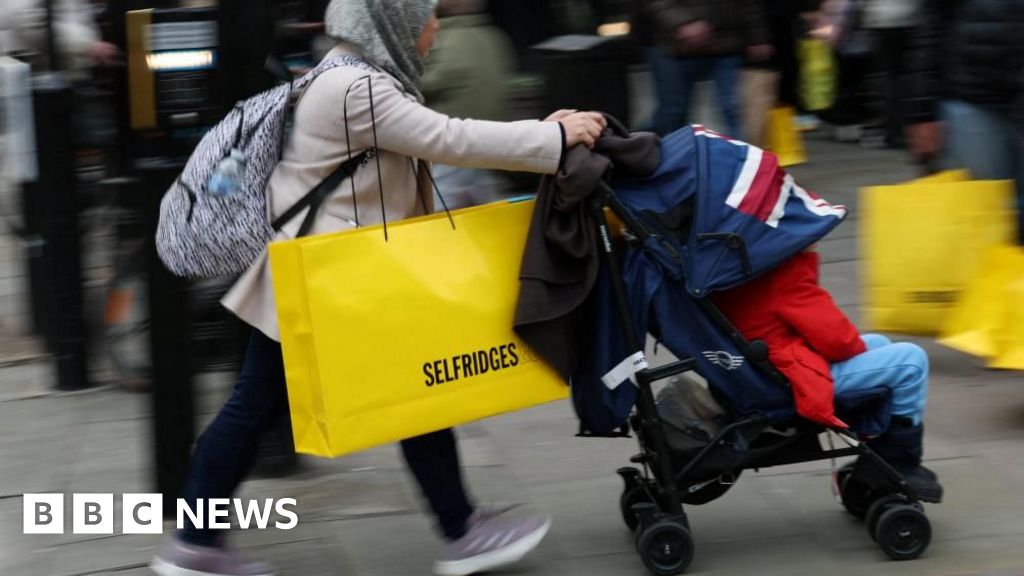
Internet service has ‘nutrition labels’ now. Here’s how to use them.
- Science
- April 12, 2024
- No Comment
- 158
These internet “nutrition” labels aren’t perfect and won’t fix the many maddening things about internet service. But we have precious little power when it comes to internet service in the United States. The information labels are a huge win in giving you a dose of power back.
I’ll explain how to find the internet labels, what they’re useful for and their shortcomings.
How to use the internet ‘nutrition’ labels
As of Wednesday, most of the country’s internet service providers — including Xfinity, Spectrum, Optimum, Cox, AT&T and Verizon — must now include the information labels where you buy service. That’s typically on their websites.
Companies generally sell their internet service only in select areas — or even just in certain neighborhoods or individual apartment buildings.
It’s worth checking your potential options for internet providers by entering your address into this handy, but imperfect, FCC interactive map.
Most people should only consider companies that are listed under the technology category as “cable,” “fiber to the premises” or “NGSO Satellite.” (That last one is Elon Musk’s Starlink internet service beamed via satellite.) Remember, this information may not be completely accurate.
Also peek at the 5G options in the “mobile broadband” tab. That’s a fast-growing option leaning on cellphone networks for home internet service. It’s a great and (for now) relatively affordable choice for some people. It doesn’t work well for everyone.
Once you’ve compiled the companies selling service where you live — it could be only one or two — you can look up their information labels online.
Find the company’s website and enter your address. Once you see options for available internet service packages, you’re looking to click on “broadband facts.” That’s the FCC-mandated information labels.
(A provider probably won’t show you an information label if it doesn’t offer internet service where you live. In at least one case, I had to click as though I were buying internet service before I could see the information label.)
In theory, you should see the “introductory rate” for new service and price increases to expect over time. You might see extra fees that sometimes surprise you on your bill.
You should also see “typical speeds.” In real life, your home WiFi may not be as consistently zippy as the speeds advertised to you.
The shortcomings of the information labels
I said “in theory” because not all of that information was spelled out in the internet labels that I saw.
Almost half of the internet information labels are not complying so far with the FCC’s disclosure requirements, according to Sascha Meinrath, a Penn State University telecommunications professor who helped analyze information labels this week.
If you see information labels that you believe are missing disclosures, file a complaint with the FCC here. The rules are murky, and some of the incomplete information could get filled in over time.
The information labels also only apply to internet service. You don’t get the same details if you buy a package of services like TV, phone and internet. You might wind up paying less than the information labels disclose.
Chhaya Kapadia, chief of staff for New America’s Open Technology Institute, said it would be better if the information labels were on your monthly bill so you don’t have to hunt for them online.
Dane Jasper, CEO of well-regarded internet provider Sonic, wants you to be easily able to compare different providers’ information labels side-by-side. (That might be available soon.)
But it was remarkable in my conversations that people who rarely agree — representatives of big internet providers, smaller providers like Sonic and consumer advocates — all said the internet labels are useful and a win for you.
You’re finally getting easier-to-find answers to basic questions: Which companies offer internet service where I live? What will it cost me? Is the service good? What’s the catch?
“There are so many ways we can do these things better but this is a big deal for consumer transparency,” Kapadia said. “We should celebrate.”
#Internet #service #nutrition #labels #Heres








